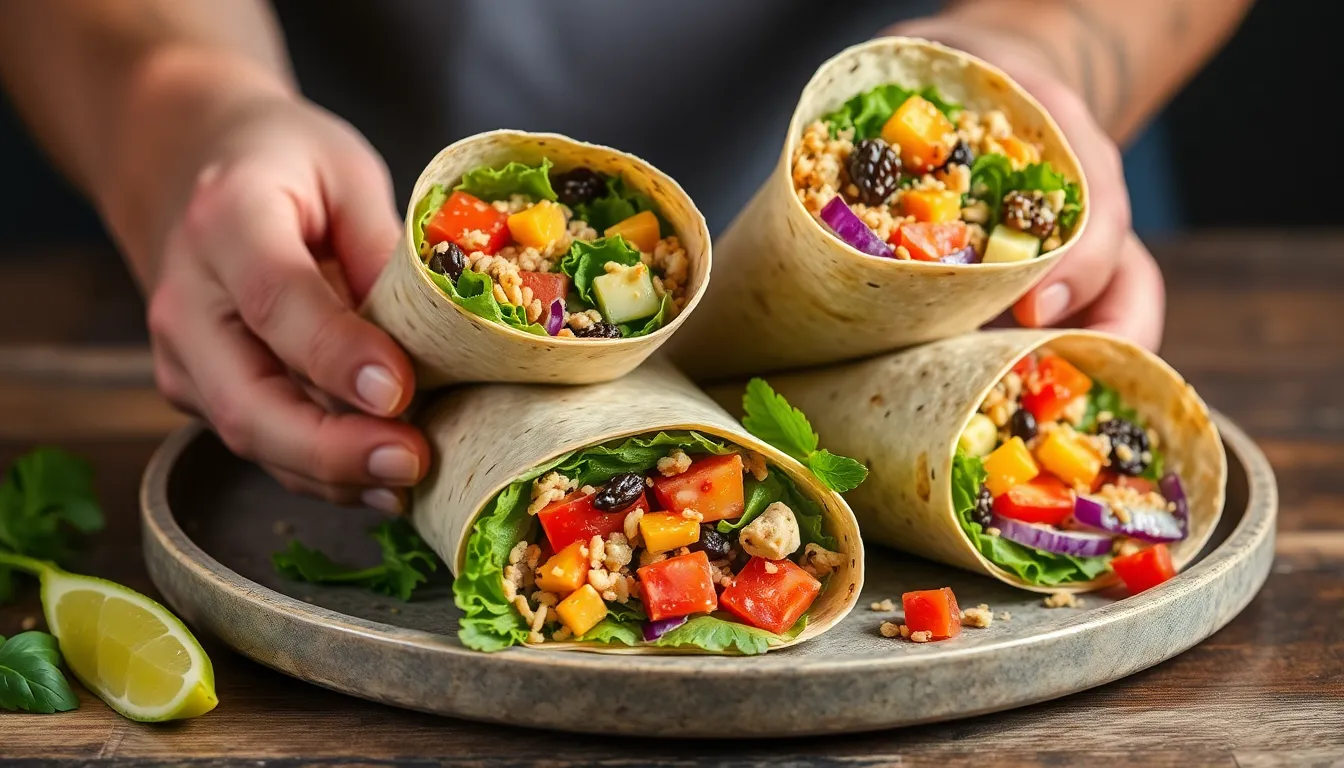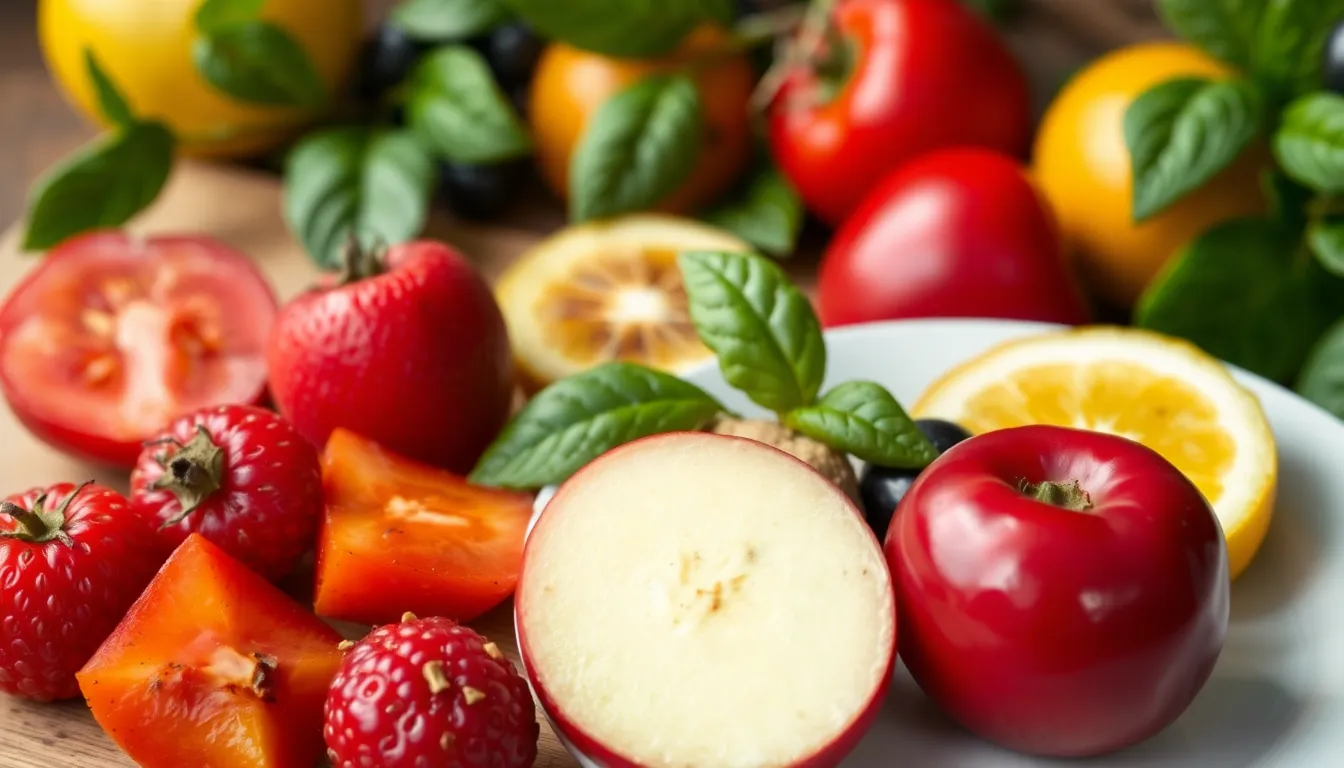Smoking 101: Essential Techniques for Perfectly Smoked Meats
Introduction
Smoking meats is not just a cooking method; it’s an age-old tradition that tantalizes taste buds and brings people together. The rich, smoky flavor adds an unparalleled depth to meats, making them not just meals, but memorable experiences. Mastering the art of smoking meats requires knowledge, patience, and practice. In this article, we will explore the fundamentals of smoking, the essential equipment needed, preparation techniques, and the smoking process itself. By the end, you’ll be equipped to create perfectly smoked meats that are sure to impress family and friends.
Section 1: Understanding the Basics of Smoking
1.1 What is Smoking?
Smoking is a cooking process that exposes food to smoke from burning or smoldering materials, typically wood. This method not only cooks the meat but also infuses it with flavor. The history of smoking dates back thousands of years, originally used as a preservation method before refrigeration became commonplace.
There are two primary types of smoking: hot smoking and cold smoking. Hot smoking cooks the meat while infusing it with smoke flavor, generally at temperatures between 200°F and 300°F. Cold smoking, on the other hand, flavors the meat without cooking it, usually at temperatures below 100°F, and is often used for items like salmon or cheese.
1.2 Benefits of Smoking Meats
- Flavor Enhancement: Smoking adds a rich, complex flavor that cannot be replicated through other cooking methods.
- Preservation: The process helps inhibit the growth of bacteria, extending the shelf life of your meats.
- Tenderization: The low and slow cooking method breaks down tough fibers in meat, resulting in tender and juicy cuts.
Section 2: Essential Equipment for Smoking Meats
2.1 Smokers
Choosing the right smoker is crucial for successful smoking. Here are the most common types:
- Electric Smokers: Easy to use and require minimal supervision. Ideal for beginners.
- Pros: Simple temperature control, consistent results.
- Cons: Less authentic smoky flavor.
- Charcoal Smokers: Offer a traditional smoky flavor and are favored by purists.
- Pros: Adds a deep smoky flavor, more control over heat.
- Cons: Requires more skill and attention to maintain temperature.
- Wood Smokers: Utilizes real wood logs, providing rich flavors.
- Pros: Authentic flavor, can use different types of wood.
- Cons: Requires practice to master temperature control.
- Pellet Smokers: Use wood pellets for fuel and can be programmed for temperature control.
- Pros: Convenient, consistent results.
- Cons: Can be pricier, requires electricity.
2.2 Accessories
Along with a good smoker, the right accessories can make all the difference:
- Thermometers: Essential for monitoring internal meat temperatures accurately.
- Wood Chips: Different wood types impart different flavors. Popular choices include:
- Hickory: Strong and sweet.
- Alder: Mild and delicate.
- Apple: Light and fruity.
- Mesquite: Bold and earthy.
- Smoke Boxes and Water Trays: Enhance moisture and flavor during the smoking process.
2.3 Maintenance and Safety
Maintaining your smoker is key to longevity and safety:
- Cleaning: Regularly clean the cooking grates, ash trays, and water pans to ensure optimal performance.
- Safety Tips:
- Always monitor your smoker when in use.
- Keep a fire extinguisher nearby.
- Ensure proper ventilation to prevent smoke buildup.
Section 3: Preparing Your Meat for Smoking
3.1 Choosing the Right Cut
Choosing the right cut of meat is crucial for successful smoking. Here are some of the best cuts:
- Brisket: A classic choice, known for its rich flavor and tenderness when smoked properly.
- Pork Shoulder: Ideal for pulled pork, this cut becomes incredibly tender after long smoking.
- Ribs: Beef and pork ribs absorb smoke beautifully and are a favorite among barbecue enthusiasts.
- Chicken: Whole chickens or thighs can be smoked for juicy, flavorful results.
3.2 Marinating and Brining
Marinating and brining are essential steps in preparing meat for smoking:
- Importance of Marinating: Adds flavor and moisture to the meat.
- Simple Brine Recipe:
- 1 cup salt
- 1 cup sugar
- 1 gallon water
- Add spices as desired (e.g., garlic, peppercorns, bay leaves).
3.3 Seasoning Techniques
Seasoning is a personal choice but can greatly impact the final flavor of smoked meats:
- Dry Rubs: Mixtures of spices and herbs applied directly to the meat. Great for creating a flavorful crust.
- Wet Marinades: Liquid mixtures that can include oil, vinegar, and spices to infuse flavor and moisture.
- Recommended Spice Blends:
- Smoky Paprika, Garlic Powder, Brown Sugar, Salt, Black Pepper
- Cumin, Chili Powder, Oregano, Salt, Pepper
Section 4: The Smoking Process
4.1 Setting Up Your Smoker
Properly setting up your smoker is crucial for achieving the best results:
- Preparing the Smoker: Ensure it is clean and ready for use. Preheat it to the desired temperature.
- Temperature Control: Use a reliable thermometer to monitor the temperature accurately.
| Meat Type | Ideal Smoking Temperature (°F) | Smoke Time (hours) |
|---|---|---|
| Brisket | 225-250 | 10-14 |
| Pork Shoulder | 225-250 | 8-12 |
| Ribs | 225-250 | 4-6 |
| Chicken | 225-250 | 3-5 |
4.2 The Smoking Technique
The choice of wood and techniques can impact the final flavor of your smoked meats:
- Wood Selection: Different woods provide varying flavors; choose according to your meat type.
- Smoking Times and Techniques: Consider techniques like wrapping in foil during the last hours or spritzing with liquid to maintain moisture.
4.3 Monitoring and Adjusting
Maintaining temperature during smoking is crucial:
- Importance of Maintaining Temperature: Consistent heat is key to properly cooked smoked meats.
- Techniques for Checking Doneness:
- Use a meat thermometer to check the internal temperature.
- Look for a dark, bark-like crust on the outside.
Section 5: Finishing Touches
5.1 Resting Your Meat
Resting your meat after smoking is a crucial step:
- Why Resting is Crucial: It allows the juices to redistribute throughout the meat, enhancing flavor and tenderness.
- Recommended Resting Time: Generally, 30 minutes to an hour is ideal, depending on the size of the meat.
Conclusion
Smoking meats is an art that combines patience, practice, and a passion for flavor. By understanding the fundamentals, employing the right equipment, preparing your meats properly, mastering the smoking process, and allowing your creations to rest, you can elevate your culinary skills to new heights. Whether you’re a seasoned smoker or just starting, the joy of sharing perfectly smoked meats with loved ones will always be worth the effort. Happy smoking!




